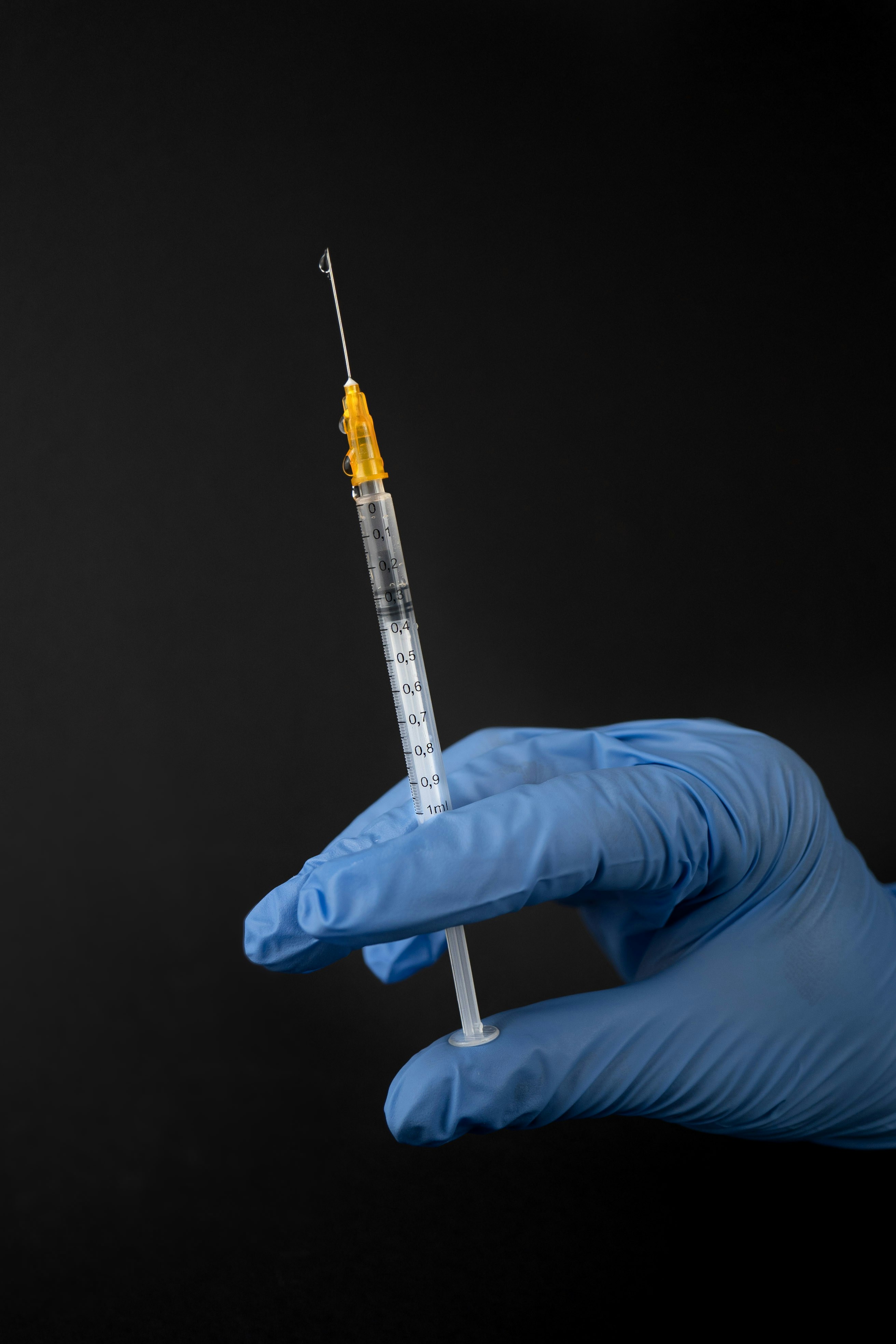Archives by Day: November 5, 2024
Opioid abuse disorder is very common, affecting over 20 million people worldwide and over 3 million people in the United States. People who misuse opioids may also advance to even more harmful drugs such as heroin, making this a critical issue that needs to be addressed. With the help of long-acting injectables for opioid use disorder pharmaceutical development, new treatment options are now available to patients that are more sustainable.
The History of Opioid Use Pharmaceuticals
The first modern opioid crisis began in the 19th century. During and after the Civil War, this opioid crisis emerged as soldiers were given substances to treat their wounds, pain, PTSD, and depression. As a result, many soldiers developed an opioid addiction. Doctors at this time would give a patient morphine because it was a general cure for all chronic pain problems, but it obviously had negative effects as well.
The opioid crisis dwindled by 1900, and for roughly 90 years opioids were only abused by smaller groups of people. It wasn’t until the early 2000s that the use of opioids once again began affecting communities all over the country. While doctors started to notice the spread of opioids and took steps to curtail it, people were finding other ways to illegally acquire the drugs.
While there are still issues today, we have grown more aware of the risks that are associated with opioid use. There are many efforts being made to hopefully reduce instances of abuse, such as educating those on alternate pain management strategies, developing abuse-deterrent formulations, having stricter prescription guidelines in place, and offering opioid use disorder pharmaceutical development.
Benefits of Long-Acting Injectables for Treating Opioid Use Disorder
Long-acting injectable, or LAI, formulations ensure that patients receive their medications on a regimented schedule. Drugs such as naltrexone and buprenorphine are formulated as monthly injections in order to block the effects of opioids. Initially, these drugs were formulated in daily oral dosages, but LAI products are more effective, as they result in greater patient compliance.
In addition to improved compliance, injectables to treat opioid abuse disorder provide benefits such as:
- Ability to target specific anatomical areas – LAI buprenorphine targets the receptors in the brain, providing effects that help control withdrawal symptoms, reduce cravings, block the euphoric effects of opioids, and maintain stable blood concentrations without peaks.
- Helping to prevent drug abuse – By receiving long-acting injections, patients eliminate the need for daily dosing, reducing the risk of missed doses and relapses.
- Potential for improved outcomes – Injectables help reduce the opportunities for misuse and ensure consistent medication levels are maintained, possibly leading to better outcomes for the patient.
How Oakwood Labs Stands Out
Oakwood Labs has developed 2-, 3-, and 4-month duration prototype formulations of naltrexone, using a different polymer than is used in the 1-month duration naltrexone. We are currently working on scaling up these formulations prior to clinical trials.
We also have a track record of success in bringing other projects from proof of concept to clinical trials, such as proving the duration of release of naltrexone formulations in animal PK models. We are currently seeking partners for clinical development.
By choosing us as a partner in developing injectables to treat opioid use disorder, you’ll benefit from:
- Strong communication and project management that achieves milestones
- Patented microsphere technology that allows tailored release profiles from weeks to one year
- Over 20 years of experience encapsulating sustained-release injectables
- A full-service operation, from R&D formulation development through GMP commercial manufacturing
- An FDA-approved aseptic GMP facility manufacturing clinical and commercial sterile injectables
FAQs on Injectables to Treat Opioid Use Disorder
How do these medications work?
Naltrexone helps block the sedative and euphoric effects of drugs such as codeine, morphine, and heroin. This medication is reported to reduce opioid cravings. Buprenorphine, on the other hand, helps avoid withdrawal symptoms and manage cravings.
What are the current barriers to an LAI entering this particular space?
It is difficult to develop LAI formulations of these drugs, especially for formulations in excess of one month in duration of release. Currently, 1-month duration products have been approved, but no longer than 1-month duration products have been approved yet. Some people are working to develop longer duration products, such as a 2-month duration naltrexone and a 3-month duration buprenorphine. It is generally accepted that longer duration products would be beneficial for patient compliance.
Who are good candidates for injectables?
People who may benefit from injectables for treating opioid use disorder and other conditions include:
- Those who are high-risk, meaning they experience frequent hospitalizations or multiple relapses
- Those who prefer less frequent dosing
- Those who are nonadherent to oral antipsychotics
- Those experiencing dose-dependent adverse effects
- Those who have poor oral absorption
Besides opioid use disorder, what else can LAIs help treat?
Long-acting injectables have been used to treat a variety of conditions such as schizophrenia, bipolar disorder, depression, and more. LAIs have also been used as pharmaceuticals which offer numerous benefits for oncology treatment.
Choose Oakwood Labs for Opioid Abuse Disorder Pharmaceutical Development
If you have an interest in long-acting injectables for treating opioid use disorder, please reach out to us today. We look forward to providing you with more information on how to tackle this ongoing issue in today’s world.


